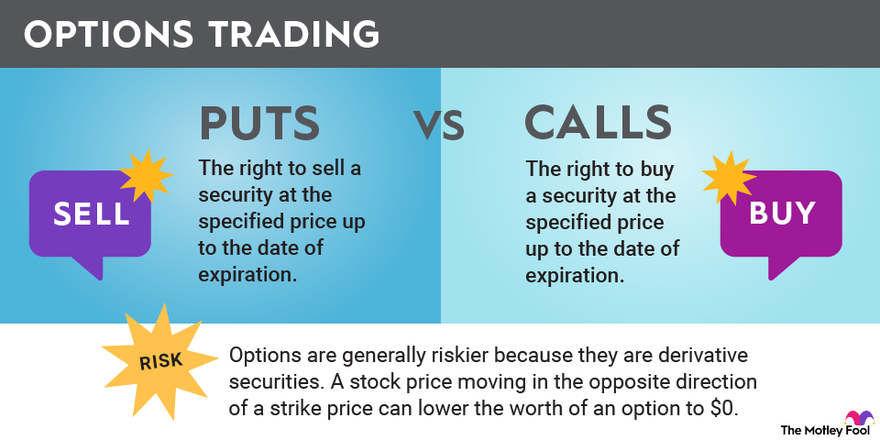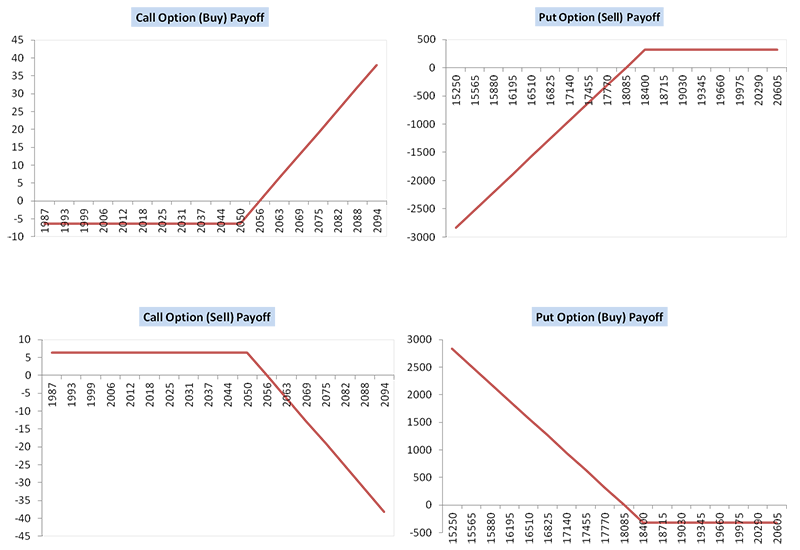Introduction:
/Clipboard01-617b9d39bcc744d691fc612f569587e0.jpg)
Image: keysgame.pl
Have you ever wondered how you could make quick profits from stock market movements without actually owning the stocks? This is where day trading put and call options come into play. Options provide a unique way to generate income from short-term price fluctuations in stocks and other assets. In this comprehensive guide, we’ll explore the ins and outs of day trading put and call options, equipping you with the knowledge and skills to potentially profit from these financial instruments.
Understanding Put and Call Options
Options are financial contracts that give the holder the right, but not the obligation, to buy (call option) or sell (put option) an underlying asset, such as a stock, at a preset price on a specified date. Call options provide the right to purchase the asset, while put options give the right to sell it. By trading these options, day traders can capitalize on short-term price movements without actually owning the underlying asset.
Day Trading Strategies
Bullish Strategies
- Call Option Buying: This strategy involves purchasing a call option when you anticipate that the underlying asset’s price will rise. If the price does indeed increase, you can exercise the option to buy the asset at a lower price than the market value.
- Covered Call Selling: This strategy is used when you own the underlying asset and sell a call option against it. If the price rises, the call option may become valuable, and you can profit from both the appreciation in the asset’s value and the premium received for selling the call option.

Image: www.fool.com
Bearish Strategies
- Put Option Buying: When you expect the price of the underlying asset to fall, you can buy a put option. If the price declines, you can exercise the option to sell the asset at a higher price than the market value.
- Cash-Secured Put Selling: Similar to covered call selling, this strategy involves selling a put option while holding cash to cover the potential obligation to buy the underlying asset. If the price falls, you may be required to purchase the asset at a higher price than its market value, but you can profit from the premium received for selling the put option.
Risk Management
Day trading options can be a risky endeavor. Here are some key risk management principles to consider:
- Limit Losses: Define a clear stop-loss point for each trade to limit potential losses.
- Manage Position Size: Don’t risk more than you can afford to lose on any single trade.
- Avoid Overtrading: Avoid entering too many trades at once to prevent overexposure to market fluctuations.
- Consider Hedging: Use a blend of put and call options to potentially offset potential losses.
Latest Trends and Developments
The world of options trading is constantly evolving. Here are some emerging trends and developments to be aware of:
- Options Trading Apps: Mobile trading platforms make it easy for day traders to access and execute options trades on the go.
- Automated Trading: Algorithmic trading bots can assist traders with analyzing market data and placing trades automatically.
- Options on Futures: These contracts offer exposure to the underlying asset without the need for physical delivery.
Day Trading Put And Call Options

Image: zerodha.com
Conclusion
Day trading put and call options can be a powerful tool for generating potential profits from short-term market movements. By understanding the basic concepts, implementing risk management strategies, and staying updated with the latest trends, you can equip yourself with the knowledge and skills necessary to navigate the options market effectively. Remember, the key to success in day trading options lies in acquiring a thorough understanding of the market, developing a sound trading plan, and continuously adapting to the ever-changing landscape of financial markets.






